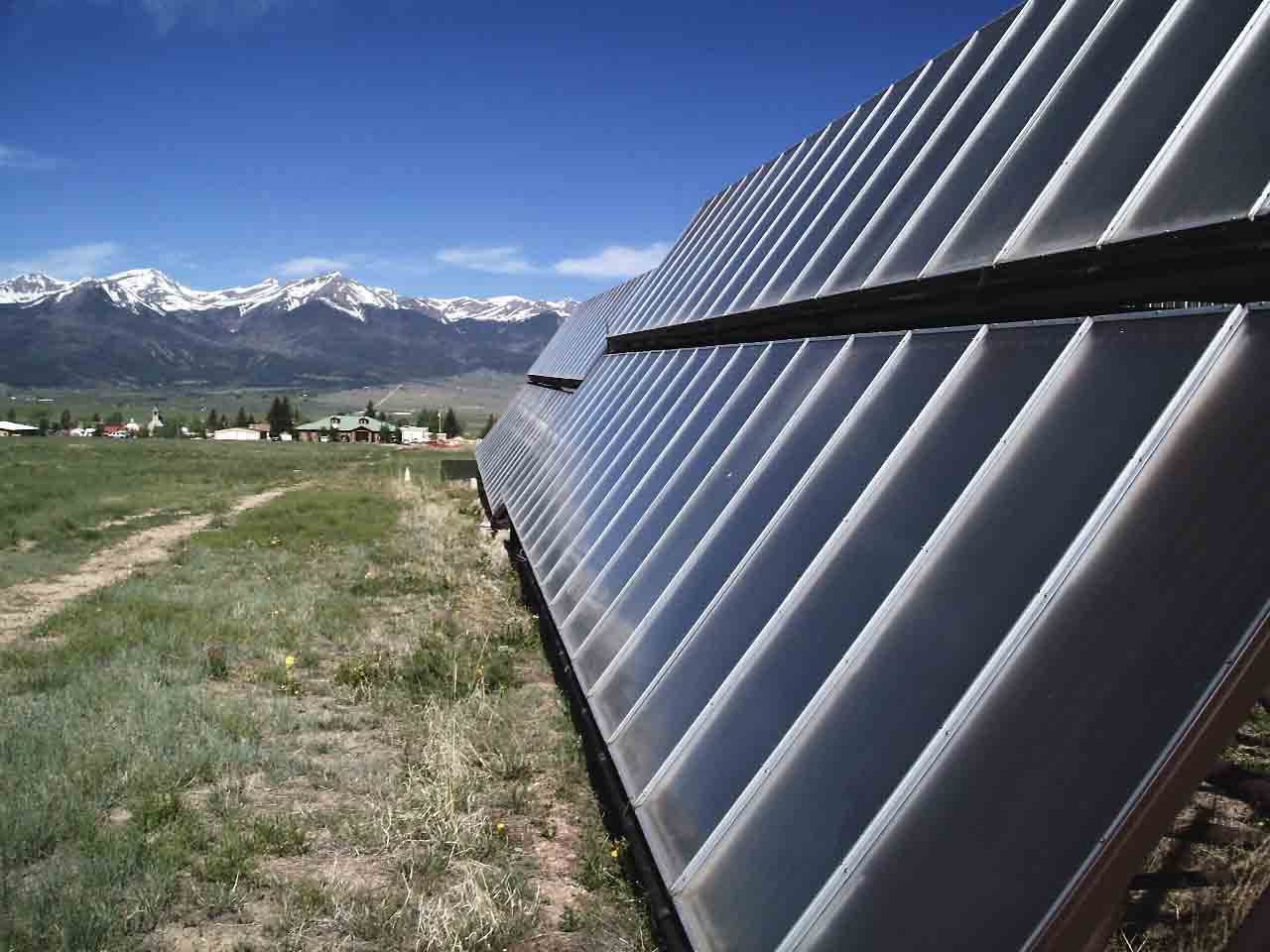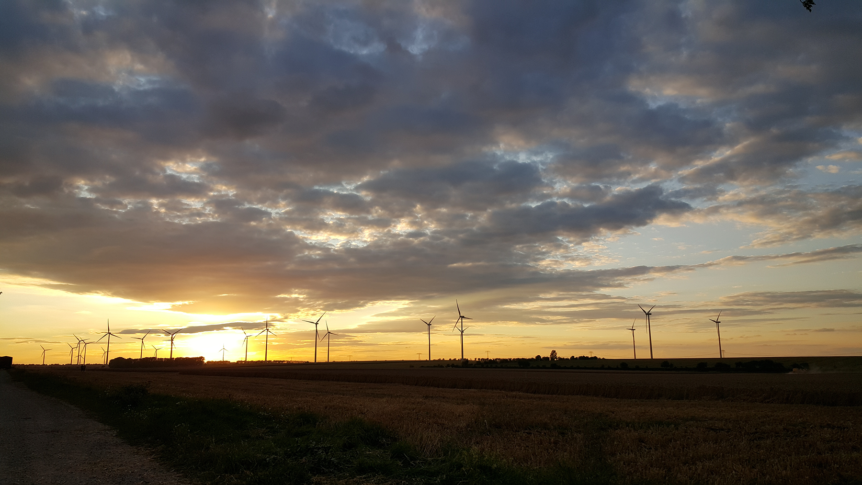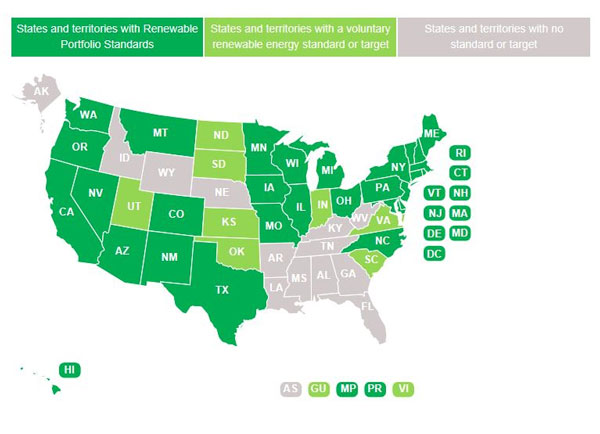Despite the Trump Administration’s clear support for the fossil fuel industry, the renewable energy sector remains optimistic as the President forges ahead on his to-do list.
Infrastructure Investments under the Trump Administration
Surprisingly, the list of infrastructure projects cherry-picked by the Trump Administration for their support includes multiple clean energy projects. While these projects are mostly state or privately-funded, the potential support in the form of “expediated federal permits, rights of way, and even federal loan guarantees” are a step in the right direction as far as the clean energy economy is concerned.
President Trump’s list of 50 projects would cost $137.5 billion, create almost 200,000 jobs, and generate nearly 9 gigawatts of carbon-free energy annually. Despite this inclusion of renewable energy projects, support for renewables is not a priority for the Trump Administration.

ICAST solar energy array in Colorado.
Market Forces Leapfrog Obama-Era Policies
While past federal incentives such as the Solar Investment Tax Credit were a major factor in driving down the cost of clean energy under the Obama Administration, there is no direct reliance on them that cannot be replaced by healthy markets and motivated citizens. Even if those incentives disappear, they will be long outlived by the technological advancements they helped create.
Regardless of what’s happening in Washington, energy markets continue to point towards renewables as the future driver of the global economy. The World Economic Forum identified climate change as the most pressing risk to the global economy, and out of that risk comes opportunity. The Trump Administration would be wise to harness these market forces and position the U.S. as a leading competitor in clean energy markets.
Grid Parity and Price Indicators
With the prices of solar and wind generation now a fraction of what they were a decade ago, clean energy will become increasingly efficient both in cost and energy. There has been a trend towards the adoption of clean energy for the past thirty years that does not go unnoticed.
As Al Gore points out in his inspiring Ted Talk, the solar market was predicted to increase by 1 gigawatt every year, and in fact has exceeded that prediction 68 times over. Grid parity, in which renewables become competitive with and equal to the cost of fossil fuels, is becoming a reality. The cost of solar has gone down by 10% every year for the past 30 years. These statistics point to market forces that will not be extinguished by a federal preference for fossil fuels.
State Support for Clean Power Plan
One of the biggest fears for renewables is the demolition of President Obama’s Clean Power Plan, which sets goals for states to cut emissions from power plants and represents the most ambitious climate action taken by the U.S. government.
Perhaps the greatest hope for the renewable energy sector is the anticipated increase in support from state legislation. Prompted by the Clean Power Plan, 29 states have initiated goals for emissions reductions in the next decade or so. The state-set initiatives to reach the Clean Power Plan’s goals offer an obvious entry point for renewables.
The Clean Power Plan involves three “Building Blocks,” which include improving heat rates of existing coal-fired plants, substituting inefficient coal plants with lower-emitting natural gas plants, and building carbon-neutral energy sources such as solar arrays and windmill farms. These goals are often reflected in state initiatives, which are expected to remain intact with the support of motivated citizens.
Remaining Uncertainties for Clean Energy
It’s unclear how much support (and in what form) the clean energy sector can expect from the Trump Administration. However, sustainable technologies will continue to become more efficient and more affordable, shifting the markets towards renewable energy sources and away from fossil fuels.
Importantly, state legislators will continue to pursue the most resilient forms of energy and will continue to receive support from their citizens despite federal uncertainties. Now, more than ever, it’s important to push your local representatives to adopt more ambitious carbon-reduction plans, invest in renewable energy sources, and support the clean energy economy in whatever capacity available.


